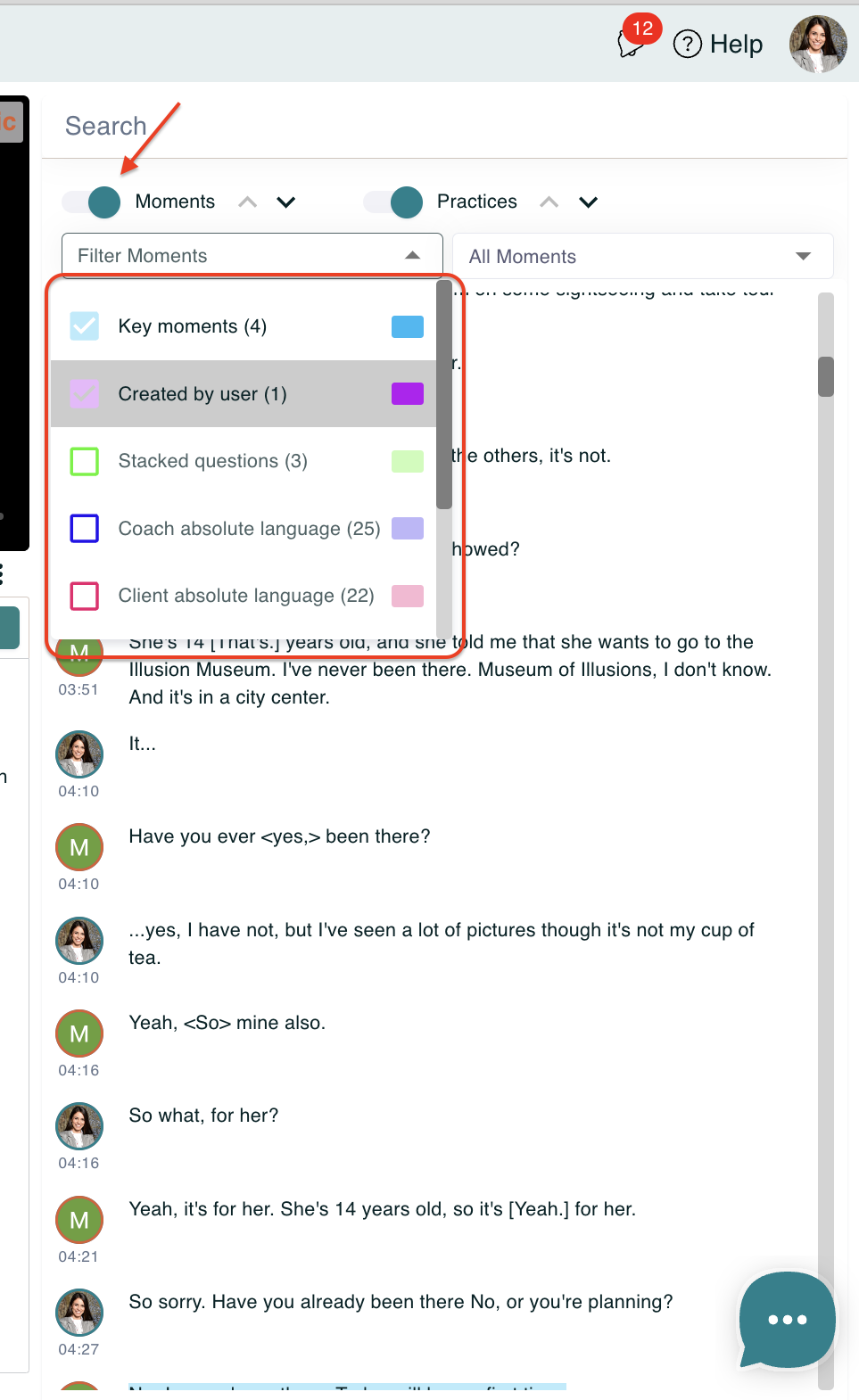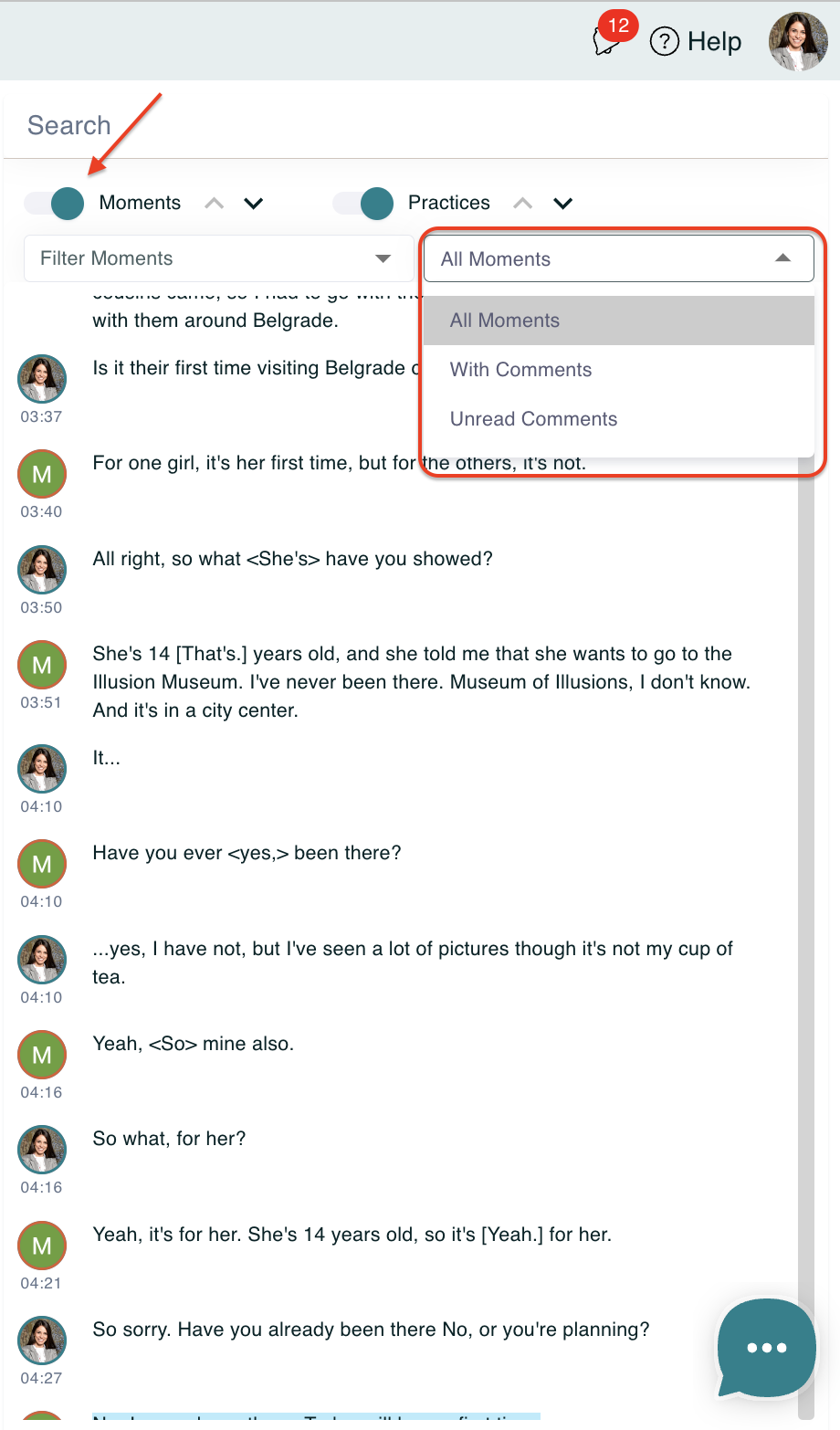When it comes to reviewing live human communication, there is not an widely accepted protocol. We don't have a shared language for the elements of communication, in the same way we do for example for sports, where even casual observers will understand the difference between a "pass" or a "shot", or a "block".
What is a moment?
Before we can understand communication, we therefore need to break it down into clearly defined elements, and create a language around those. The first element in this new architecture is an intuitive one - the "moment". We all recognise when a moment occurs in a conversation - it may be a moment of hesitation, a mirroring of body language, a shared smile. These moments are central to what we do at Ovida. Our AI uses the same cues humans rely on recognises moments, but can do it at a scale and fidelity that humans simply cannot match. when our AI identifies a pattern that a skilled human observer would recognise as a moment, we tag it, and share it back to you.
What types of moments are there?
We are continuously expanding the list of moments our AI can reliably identify.
Right now, we have the following:
- key moment - a moment defined by a specific set of patterns across both users that marks the moment as being of particular significance. The exact method is proprietary (we can't share all the secret sauce!) but in essence we're looking at changes in state across several measures of personal presence.
- opening moment - most meetings start with an invitation from the host to set off the agenda for the meeting. We identify this accurately 95% of the time
- Open question - a question that cannot be answered yes / no
- Closed question - a question that demands a yes / no answer
- Stacked question - several questions asked in an unbroken sequence
- Coach / Client Absolute Language - the use of language that leaves no doubt about a situation or event or that exaggerates or overstates a case. Examples include: always, never, all, none and must.
Where do I find moments?
Moments are displayed on a timeline below the meeting video and highlighted in the transcript on the right. You can turn them on by turning on the Moments button and then filtering which ones you want to see.


They will appear in the timeline below the video. When you click on a specific one, it will open the moment details and the option to comment on it, practice doing it better, save it as your favourite or delete it if you want to.

You can learn more about how to understand, navigate and add your own moments here.
